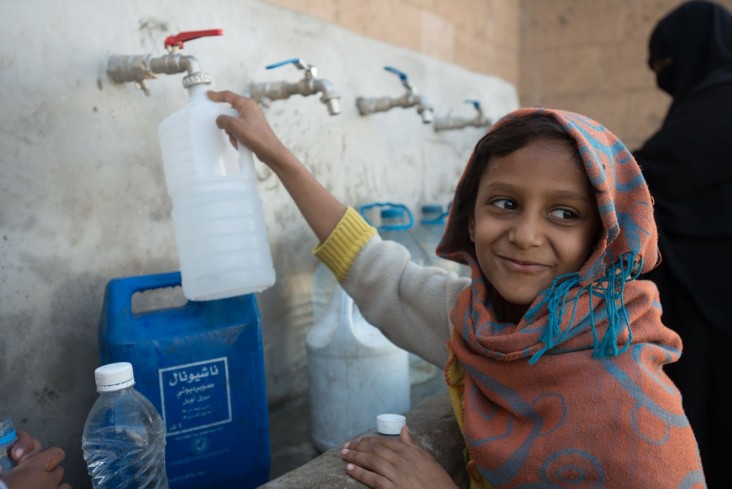- What We Do
- Agriculture and Food Security
- Democracy, Human Rights and Governance
- Economic Growth and Trade
- Education
- Environment and Global Climate Change
- Gender Equality and Women's Empowerment
- Global Health
- Humanitarian Assistance
- Transformation at USAID
- Water and Sanitation
- Working in Crises and Conflict
- U.S. Global Development Lab
Speeches Shim

Key Developments
The Sana’a International Airport closure impedes humanitarian staff movement and the importation of relief commodities. Fuel shortages and price increases constrain humanitarian operations and raise prices of locally produced food.
USAID/BHA supported the World Food Program in providing emergency food assistance to approximately 8.2 million people during the September distribution cycle.
Escalated conflict in Marib Governorate displaced nearly 11,000 households between early January and late September, including more than 2,000 households since mid-August.
Background
Between 2004 and early 2015, conflict between the Republic of Yemen Government (RoYG) and Al Houthi opposition forces in the north and between Al Qaeda-affiliated groups and RoYG forces in the south, forced people in northern Yemen to repeatedly flee their homes, resulting in the need for humanitarian aid. At the same time, fighting between RoYG forces and tribal and militant groups since 2011 limited the capacity of the RoYG to provide basic services, and humanitarian needs increased among impoverished populations. In late March 2015, a coalition led by the Kingdom of Saudi Arabia began airstrikes on Al Houthi and allied forces to halt their southward expansion. The ongoing conflict has damaged public infrastructure, interrupted essential services, displaced populations, and reduced the level of commercial imports to a fraction of the levels required to sustain the Yemeni population. The country relies on imports for 90 percent of its grain and other food sources. The escalated conflict, coupled with protracted political instability, the resulting economic crisis, rising fuel and food prices, and high unemployment, has left nearly 19 million people in need of humanitarian aid, and has put more than 17 million people at risk of starvation.

Comment
Make a general inquiry or suggest an improvement.